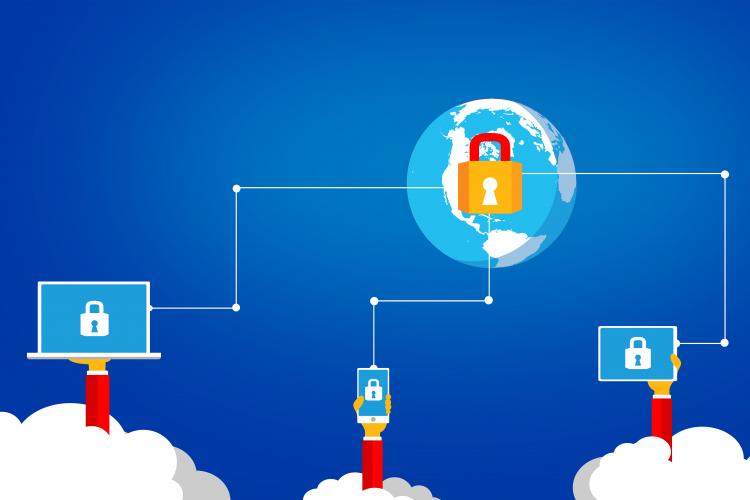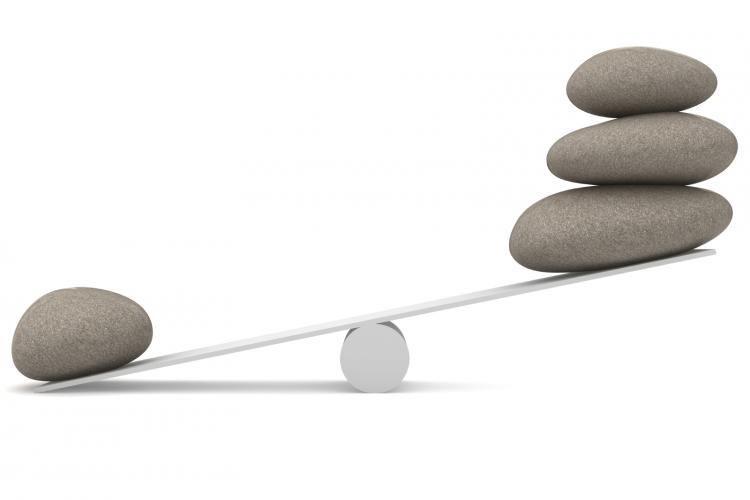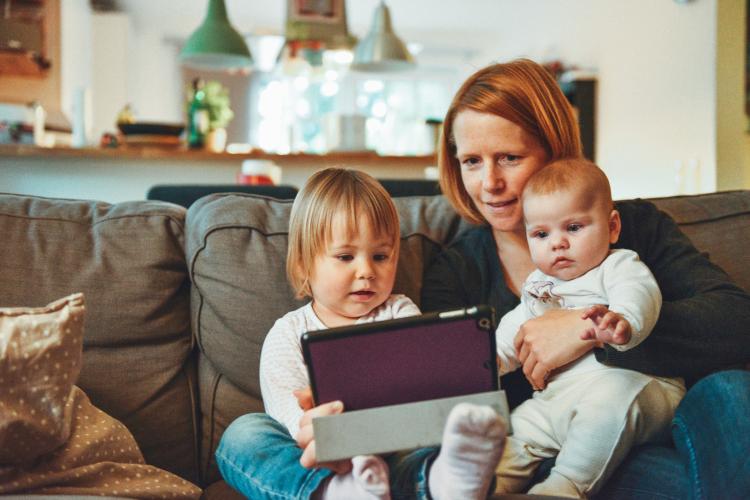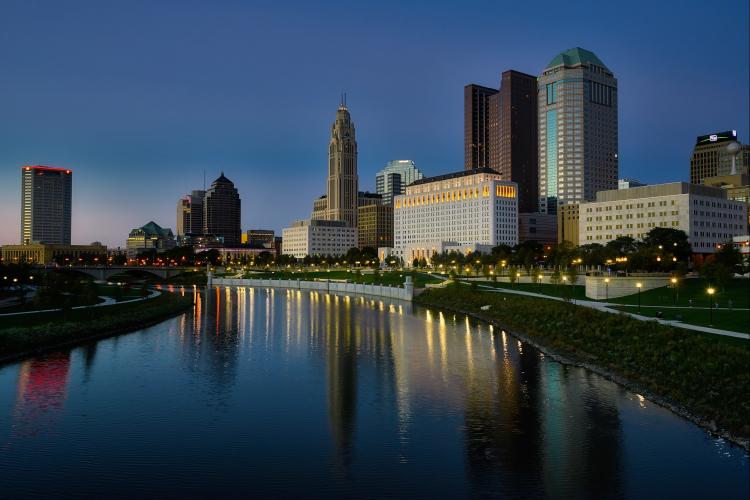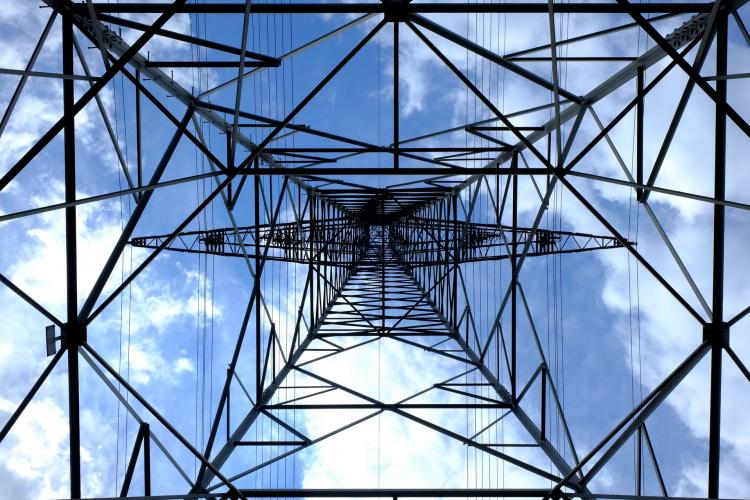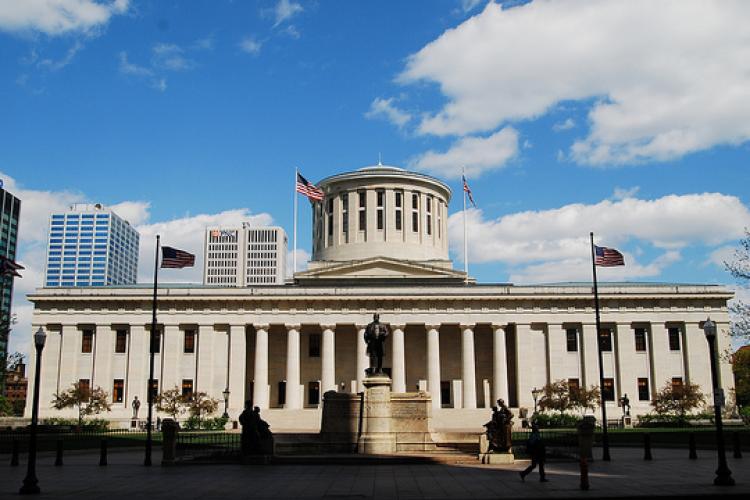Explainer
New Series: Energy Efficiency Tipping Points
To most outsiders, the world of energy efficiency probably appears static with slow, incremental changes. A furnace rebate here, light bulb swap-out there, maybe an updated building energy code every few years. But it should come as no surprise to industry insiders that this isn’t the case at all. An explosion of new technology across every part of our economy is rapidly changing our energy savings goals and the ways we identify and capture those savings.
MEEA's Guide to Utility Consumer Advocates in the Midwest
The average Midwesterner pays 65% more for electricity than they did at the turn of the millennium. Saving energy is a key way to help lower customer bills even with rising rates. Utility Consumer Advocates (UCAs) represent residential customers before regulators and legislatures, and they use their expertise to help ensure ratepayer dollars are spent prudently and cost-effectively.
R.I.P. CPP: A Eulogy for the Clean Power Plan
Dearly Beloved,
We are gathered here today to say our goodbyes to the Clean Power Plan. With us are some of the Clean Power Plan’s relatives – the Clean Air Act and Massachusetts v. EPA. Thank you for being here. We know this is a loss for all of us in the energy efficiency community.
MEEA’s Guide to Stakeholder Collaboration
As a membership organization that includes utilities, businesses, advocates and government agencies, MEEA knows the power of collaboration. Time and again, we’ve seen first-hand that when diverse groups sit down at the table together, we’re able to harness our collective expertise and experience to find solutions that work for everyone.
And we’re not the only ones who think collaboration is a powerful tool. Several states in the Midwest currently convene collaborative groups to promote energy efficiency.
The Utility of the Future Part 3: Putting the Customer at the Forefront in Ohio
For the last century, utilities that provided safe, reliable and affordable service could be reasonably assured of their continued profitability as long as the demand for electricity continued climbing and competing outside pressures were minimized. However, in recent years, the model of hitching profits to increased infrastructure investment and greater sales is proving unsustainable in the long-term. Distributed energy resources and improved efficiency technologies are displacing increasing parts of the utility service, taking some of the revenues that go with it.
Setting the PACE in the Midwest
Property assessed clean energy (PACE) financing is off and running in the Midwest. PACE enables homeowners and commercial building owners to finance energy efficiency improvements through a special assessment on their property that is paid back through their tax bill. To date, there are 15 active PACE programs in the MEEA footprint. PACE-enabling legislation exists in Minnesota, Wisconsin, Michigan, Missouri, Kentucky, Ohio and Nebraska, and legislation in Illinois has passed both state legislative houses and is awaiting the governor’s signature.
NextGrid: The Utility of the Future Starts Now
On March 22, 2017, the Illinois Commerce Commission passed a resolution initiating the NextGrid Utility of the Future Study. NextGrid will be an 18-month collaborative process to explore the ways in which alternative utility regulatory models, advances in technology, and consumer preferences and engagement can shape the grid of the future. This initiative will build upon the 2011 Energy Infrastructure Modernization Act, the Illinois Statewide Smart Grid Collaborative and the recent Future Energy Jobs Act.
The Clean Power Plan Roller Coaster
A year ago, the Clean Power Plan (CPP) – a federal rule aimed at curbing greenhouse gas emissions from existing fossil-fuel burning power plants – was in peak health. The rule had been finalized by the U.S. Environmental Protection Agency (EPA). Several states were on their way to preparing their initial plans for complying with the CPP. The EPA had begun gathering public input on draft documents that would supplement the rule, including the Clean Energy Incentive Program, Model Trading Rules and Evaluation, Measurement and Verification (EM&V) Guidance for Demand-Side Energy Efficiency. Despite the chill of winter, there was no lack of CPP-activity.
What a difference a year can make!
Kasich Vetoes Extension of Energy Efficiency Freeze
On December 27, Ohio Governor John Kasich vetoed Substitute House Bill 554 (Sub. HB 554), which would have extended the two year freeze of the state’s renewable portfolio standard and energy efficiency resource standard (EERS). Specifically, Sub.
